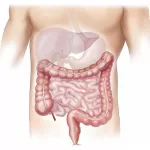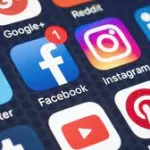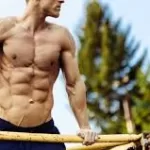The goal of brushing one’s teeth is to maintain fresh breath and prevent cavities. However, the impact of toothpaste on the oral microbiome—a complex ecosystem of bacteria in our mouths—often goes overlooked.
The Role of the Oral Microbiome
Recent research has highlighted the crucial role of the oral microbiome in overall health. A balanced microbiome helps regulate harmful bacteria, aids digestion, and protects the gums. But does toothpaste support this balance, or could it be disrupting it? Future toothpaste formulations may be designed to work with the oral microbiome rather than against it.
The mouth is one of the most densely populated microbial habitats in the body, home to over 700 species of bacteria. These bacteria inhabit the teeth, gums, and saliva, forming a dynamic microbial community. A healthy microbiome includes bacteria that regulate pH levels, break down food, and produce natural antimicrobial compounds. When this balance is disrupted—due to diet, poor oral hygiene, or certain medical conditions—harmful bacteria can dominate, leading to tooth decay and gum disease.
What Does Toothpaste Actually Do?
The primary function of toothpaste is not to kill bacteria outright but to disrupt the biofilm that allows harmful bacteria to thrive. Brushing mechanically removes this biofilm, while abrasives in toothpaste help break it up further.
Many toothpastes contain fluoride, which strengthens tooth enamel and prevents cavities. Fluoride does not kill bacteria directly but makes it harder for acid-producing bacteria like Streptococcus mutans to cause damage. Some toothpastes also include antibacterial agents, such as stannous fluoride and zinc compounds, which target harmful bacteria. However, there is ongoing debate about whether these agents also disrupt beneficial microbes.
Despite the widespread use of toothpaste, research into its effects on the oral microbiome is still evolving. Some studies suggest that antibacterial agents reduce both harmful and beneficial bacteria, potentially altering the microbiome in ways not yet fully understood. Other studies indicate that the microbiome recovers quickly after brushing, making any disruption temporary.
Future of Microbiome-Friendly Toothpaste
Scientists are exploring toothpaste formulations that reduce harmful bacteria while preserving beneficial species. Some emerging research focuses on probiotics and prebiotics—ingredients that support a healthier oral microbiome rather than simply disrupting it.
Potential microbiome-friendly toothpaste ingredients include arginine, a naturally occurring amino acid that promotes the growth of beneficial bacteria, and plant-derived antimicrobials that disrupt harmful biofilms without killing good bacteria. However, more research is needed to determine their long-term effects.
Maintaining oral microbiome balance is not just about avoiding cavities. There is growing evidence linking gum disease to heart disease, diabetes, and pregnancy complications. Inflammation triggered by harmful oral bacteria can spread beyond the mouth, potentially contributing to long-term health problems.
For now, the best advice remains: brush twice daily with fluoride toothpaste, spit out the excess, and clean between your teeth daily.
Disclaimer: This article is for informational purposes only and should not be considered medical advice. For personalized dental care recommendations, consult a qualified healthcare professional.












